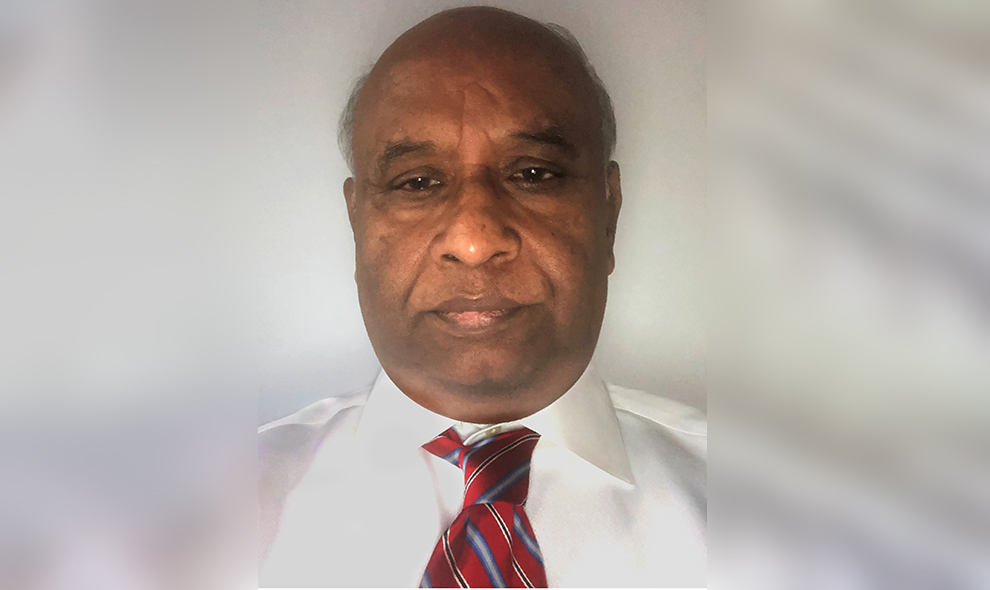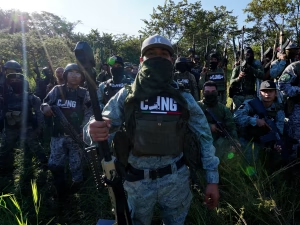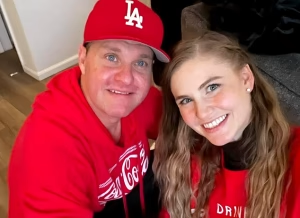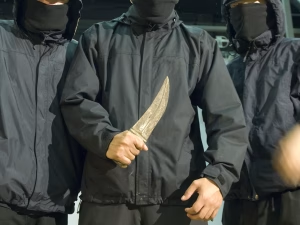But, it often does, especially in criminal law cases. Krishna speaks to us this month on how fabric fibres can turn cases around, focussing on a case he worked on previously: State of Georgia (Plaintiff) Vs Noberto Mojica.
- You were instructed on State of Georgia (Plaintiff) Vs Noberto Mojica (Defendant); can you share what your expert opinion was needed on here?
Noberto Mojica was an accused in a murder case that involved the use of a polypropylene rope to commit the crime. The prosecution argued that a rope found at Mojica’s home was identical to the rope removed from the victim’s neck. The state of Georgia which also provided legal help to the defendant hired me to help Mojica. I have analysed the two pieces of rope to prove or disprove if they are identical to each other. My analysis concluded that the ropes were not identical.
- How did you undergo your investigation during this case?
To establish the exact identity or the lack of it between the two ropes, I investigated the following aspects of the ropes and their components:
Ropes: Diameter and mass per unit length of the ropes, braid angle of threads in the rope and the float length of floating surface threads.
Components of the Rope: Number of threads in each rope; the number of filaments in each thread; diameter of threads and filaments; linear density of threads and filaments; twist density of twisted threads; the chemical identity of the filaments; the cross-sectional shape of filaments; the chemical identity of the colouring dye used on filaments; and, chemical identity of the braiding lubricant used.
- How long does it take to come to a conclusion from your investigation? Is it always clear to you, from your analysis, to what truly occurred, or do you end up with many different possibilities?
I was asked to get involved in the case just before trials and court hearings were coming to an end. I have completed my investigations in about two weeks and presented my evidence in the courtroom almost immediately. The evidence gathered by me did not leave room for any ambiguity about the conclusion. Judgement was delivered approximately three weeks after my testimony.
- How can such findings involving textile materials turn cases in the opposite direction?
Fibre-based evidence, if it is correctly gathered by a qualified person and presented in an unbiased manner, can serve as a powerful tool to deliver timely justice.
- How do fibres indicate and present what could have possibly occurred during a murder?
Fibres carry truly unique markers on them which cannot be altered or destroyed. A single fibre is roughly 20 times finer than a human hair. It is invisible to the naked eye and so it is nearly impossible to completely remove fibre-based evidence from the participants on both sides and from the action site.
Krishna Parachuru, PhD
Principal Research Scientist
Georgia Institute of Technology, MSE
801 Ferst Drive NE (MRDC-I Bldg.)
ATLANTA, GA 30332-0295
404-894-0029
krishna.parachuru@mse.gatech.edu
My name is Krishna Parachuru. I have been serving as a faculty member at Georgia Institute of Technology for the last 32 years. I possess three degrees in textile engineering and an MS degree in Applied Statistics. I have served as an expert witness in 40 litigations that were focused on soft materials and their products (such as fibres, polymers, textiles, carpets, etc.,) and hard materials (such as metals and ceramics) and their products. I have a strong background in the technologies used to make products from soft and hard materials and in the characterisation of these materials and their products.





















